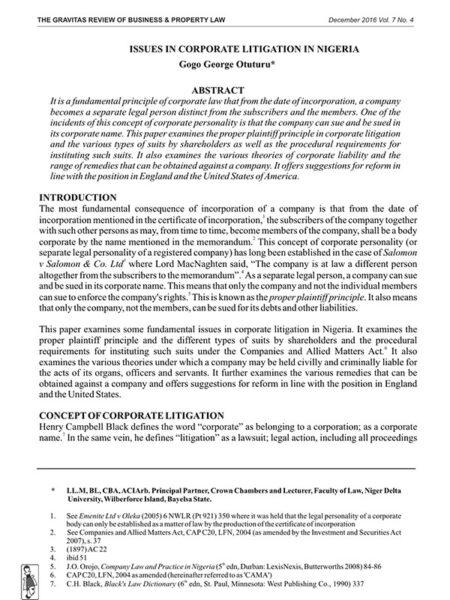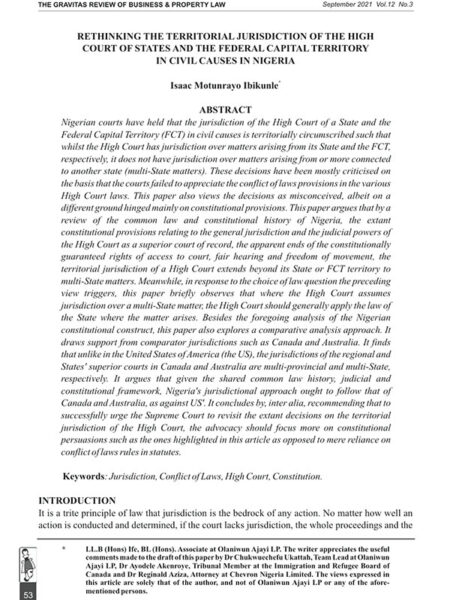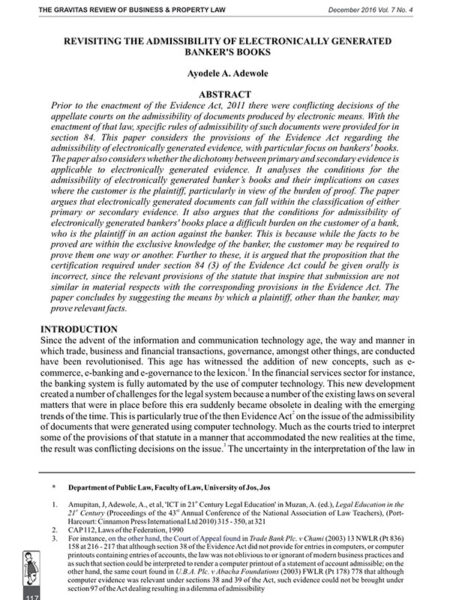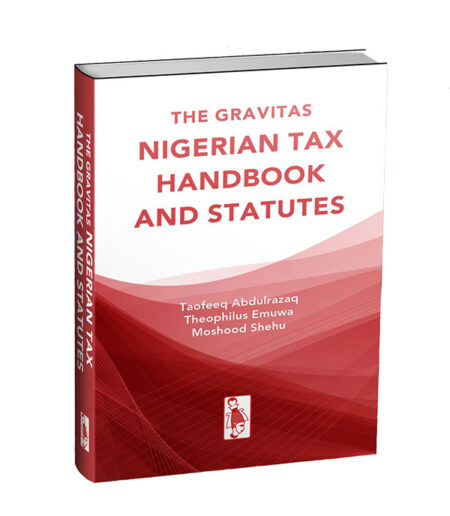Description
ABSTRACT
Admissibility of Public Documents and Photocopies of Certified True Copies of Public Documents
Joseph E. O Abugu*
This paper examines two critical vexed issues on the admissibility of public documents. The first interrogates what qualifies as a public document within the provisions of the Evidence Act 2011. The second addresses the admissibility of photocopies of certified true copies of public documents. It finds that the essential quality of a public document must be ascertained by a conjunctive reading of sections 102 and 104 of the Evidence Act which specifies that the document must be one being kept under legal obligation by a public authority with open access by members of the public who seek to obtain a copy thereof and that routine communications of government agencies and statutory bodies do not so qualify. It also finds that the current exposition of the law on the admissibility of photocopies of certified true copies of public companies is as articulated in the 1969 decision of the Supreme court in Minister of Lands v. Azikiwe (SC) as applied in Ogboru v. Uduaghan (CA) and affirmed by the Supreme Court in Emeka v. Chuba-Ikpeazu & Ors. and in Oboh & Anr v. FNLLtd.
Keywords: Documentary Evidence; Admissibility; Certified True Copies of Public Documents.
INTRODUCTION
Admissibility of documentary evidence is a subject statutorily regulated by the Evidence Act 2011.1 The basic rule enshrined in section 85 of the Act is that the content of documents may be proved either by primary evidence or secondary evidence. Primary evidence means the original document itself being tendered in evidence.2 Where a document has been executed in several parts, each part shall be primary evidence of the document and where a document has been executed in counterpart, each counterpart being executed by one or some of the parties only, each counterpart shall be primary evidence as against the parties executing it. Where a number of documents have all been made by one uniform process, as in the case of printing, lithography, photography, computer or other electronic or mechanical process, each shall be primary evidence of the contents of the rest; but where they are all copies of a common original, they shall not be primary evidence of the contents of the original. In the absence of primary evidence, reliance may be had to secondary evidence. By section 87 of the Act, Secondary evidence includes- (a) certified copies given under the provisions of the Act; (b) copies made from the original by mechanical or electronic processes which in themselves ensure the accuracy of the copy, and copies compared with such copies; (c) copies made from or compared with the original; (d) counterparts of documents as against the parties who did not execute them; (e) oral accounts of the contents of a document given by some person who has himself seen it.
*Ph.d, FCIArb (UK), Senior Advocate of Nigeria, Professor of Commercial & Industrial Law.
- Hereafter referred to as ‘the Act’. 78
- s 86









Reviews
There are no reviews yet.